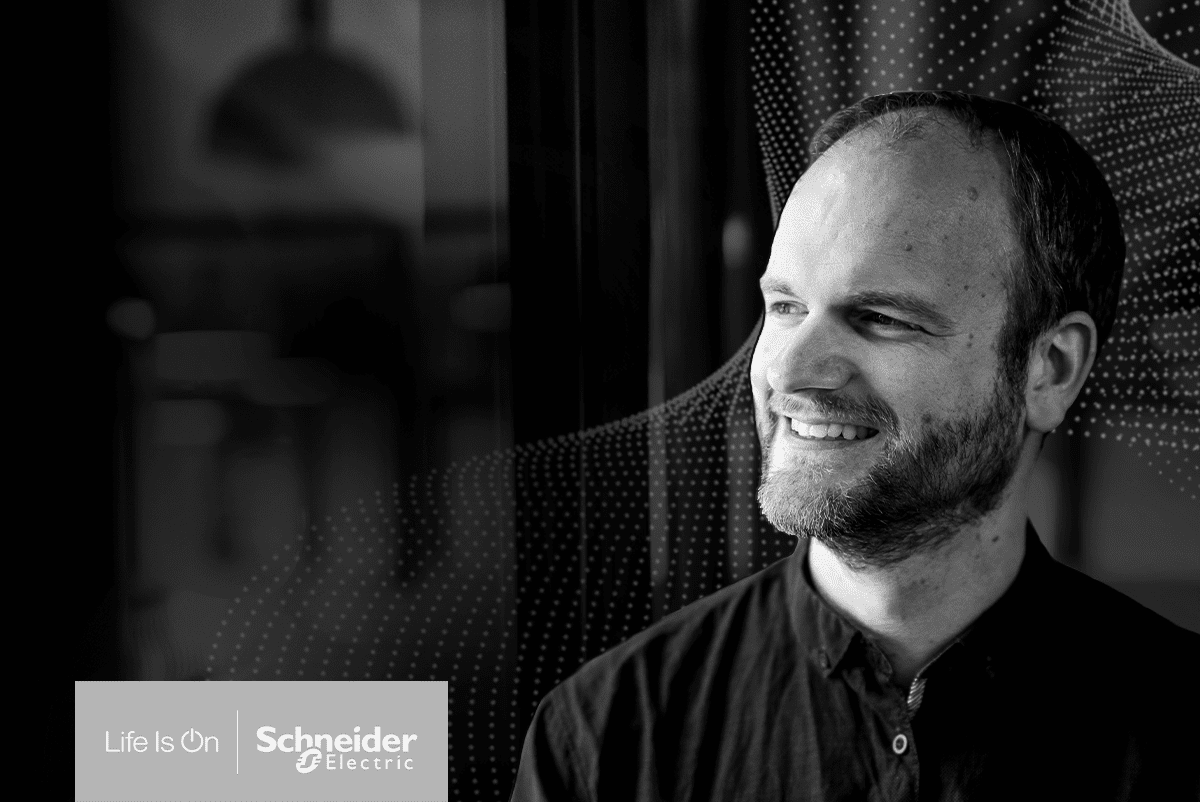The new European Energy Efficiency Directive (EED) requires data centers to measure and report their energy efficiency from September 2024. In order to meet this obligation, consistent and reliable data is essential. The infrastructure management of the data center (Schneider Electric’s DCIM software can help with this.
At a time when digital transformation is advancing faster than ever, data centers have become the backbone of our increasingly connected world. But this digital revolution has a downside: it has a negative impact on the environment. The European Energy Efficiency Directive aims to change this, which will have a significant impact on data centers.
Data centers consume a lot of energy, almost 2.7% of European electricity consumption, and this share could rise to 3.21% by 2030. As the environmental impact becomes more and more evident, the European Union has decided to take action with the Energy Efficiency Directive (EED). This renewed EU Energy Efficiency Directive of 2022 is a comprehensive legal framework that aims to reduce energy consumption and promote efficiency in various sectors.
Special EED dashboard
Data centers are at the heart of the directive and this has far-reaching implications for the work of CIOs, data center owners, operators and IT professionals worldwide. With the specially developed dashboard within the DCIM software suite, Schneider Electric offers them the ability to keep track of the most important reporting data and report easily to meet the requirements of the new energy efficiency directive.
For example, the dashboard allows monitoring and optimizing the performance of IT equipment and reporting on key metrics such as PUE, total energy consumption per subsystem, and even CO2 emissions. By setting baselines and analyzing reporting data, data center operators can quickly identify inefficiencies, reduce unnecessary power consumption, and optimize overall energy efficiency in their data center.
Main requirements EED
The first reporting deadline, September 15, 2024, is approaching and it is time to prepare and act. The EED sets out a number of important requirements specifically for data centers:
1. Reporting obligation: Starting in September, operators of data centers with a total installed capacity of at least 500 kilowatts (kW) must publicly report their energy performance data annually. This includes key figures such as energy consumption, power usage effectiveness (PUE), temperature standards, waste heat utilization, water consumption and use of renewable energies.
2. Residual heat utilization: Installations with a total installed capacity exceeding 1 MW must use their waste heat for heating purposes or other energy recovery applications, where technically and economically feasible. This provision promotes a circular economy and reduces dependence on fossil fuels.
3. Integration of renewable energies: The directive encourages data centres to prioritise renewable energy sources for their electricity consumption, with the aim of reducing their environmental footprint and contributing to a more sustainable energy mix.
4. Optimizing energy consumption: Operators must implement energy efficiency measures to reduce overall energy consumption. These include optimizing cooling systems, using more efficient IT equipment, and applying virtualization and server consolidation techniques.
Trend towards sustainability
The EU Energy Efficiency Directive is part of a broader global movement to make data centres more energy efficient by measuring, collecting and publishing relevant data. This information provides operators with valuable insights to evaluate performance, identify opportunities for improvement and track progress towards sustainability goals.
The European Union’s ambitious ‘Fit for 55’ package, which aims to reduce EU emissions by 55% by 2030, further underlines the urgency of these initiatives. With the European Commission’s approval of the directive on 14 March 2024, organisations now face the task of preparing to measure, collect and report the required data.
Monitor and optimize IT infrastructure
As technology evolves and pressure on data centers increases, a comprehensive approach to energy efficiency is becoming increasingly important. A recent study by Capgemini found that 43% of executives were unaware of their company’s IT footprint – the environmental impact of purchasing IT equipment and the resources used to house, power and cool it.
Data Center Infrastructure Management (DCIM) software is an important tool for meeting the Directive’s requirements. To further support data centers, Schneider Electric is providing a wealth of knowledge and information to help them prepare for the reporting and other requirements they will need to meet starting in September.
This is a submitted article by Loek Wilden, Offer Manager Secure Power BeNe at Schneider Electric. Check out the website that brings together all the resources here.













